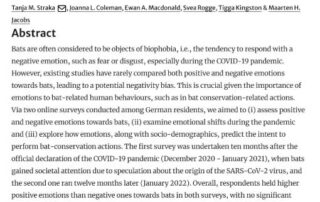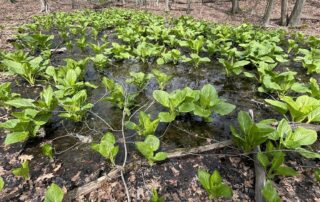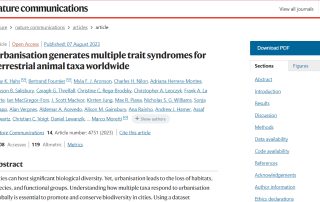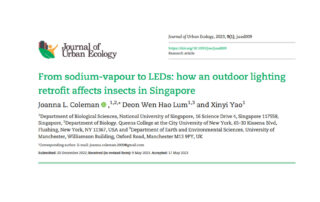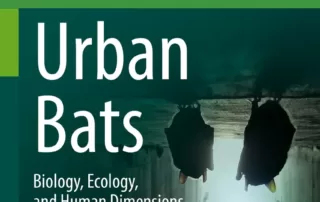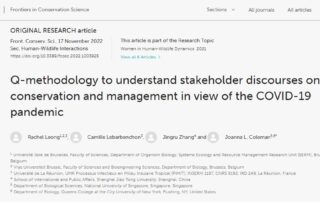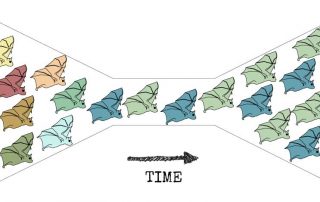New paper—Not everyone dislikes or fears bats
In this latest social-science paper, led by Dr Tanja Straka, of Berlin's Freie University, we challenged the almost dogmatic notion that bats are objects of biophobia. Yes, abundant evidence suggests that bats are undeservedly maligned in many contexts. And our personal experience as bat experts supports that—tell people you study bats and many will [...]

